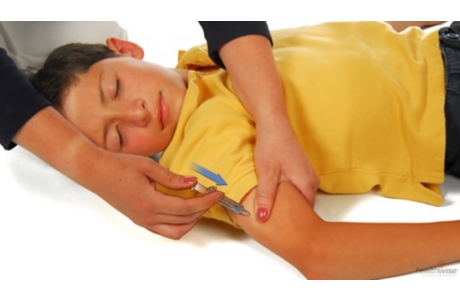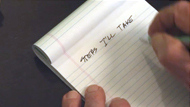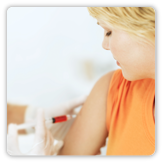Stephen H. LaFranchi MD
Type 1 diabetes is a lifelong disease that currently has...
A diabetes care plan will help your child’s teachers and...
If your child doesn’t want to feel the insulin needle,...
Describes monitoring blood sugar levels in children with diabetes. Covers...
Discusses high blood sugar (also called hyperglycemia) in children with...
Low blood sugar, also called hypoglycemia, occurs when the sugar...
Low blood sugar level Use this form to record a...
Young children with type 1 diabetes aren’t able to recognize...
Camps for children who have diabetes provide an opportunity for...
Type 1 diabetes is a lifelong disease that currently has...
Showing 1-10 of 18 results






